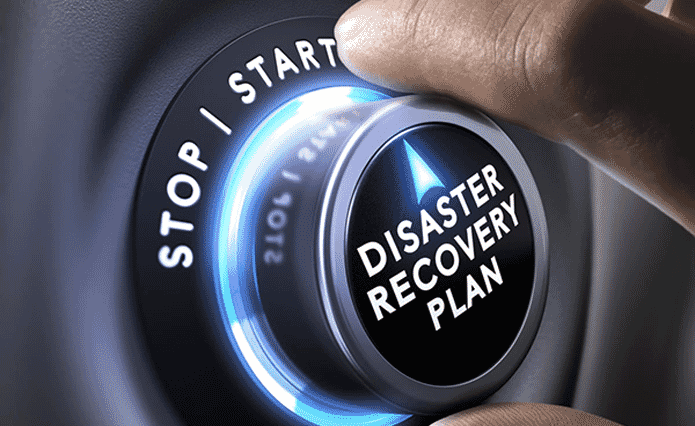The world is volatile, and disaster can happen at any time. You purchase insurance to protect your company financially against losses, but insurance cannot replace valuable data that keep your company running.
To protect value able data of your company, you must plan ahead of time, developing a strategy for restoring your data if it is lost. Disaster Recovery is a crucial part of every company’s IT strategy; without it, you open yourself up to the potential of catastrophic data loss.
If that isn’t enough of a reason to ensure your company has a plan in place, here are a few more:
Natural Disasters
Nature can be cruel at times. Storms, fires, and floods can all cause irreparable harm to your company. Without a disaster recovery plan, it’s challenging to resume operations, jeopardizing your company’s future.
Because 80% of businesses that close for more than five days never reopen, getting back on your feet after a natural disaster is critical.
Hardware Failure
If your hardware fails due to a power surge or any other reason, it may take all your data. While you can protect your hardware with cooling systems, power surge protectors, and other technology, it is vital to back up your data regularly.
Because it is unlikely that both locations will be hit simultaneously, cloud-based or off-site storage can provide additional safeguards. These steps should be included in your disaster recovery plan to avoid potential data loss.
Human Errors
Nobody is perfect, including you and your employees. Forgetting to save changes, deleting an important document by accident, or flipping the wrong switch could result in a significant loss for your company.
Training programs can help reduce errors, but the only way to protect your business from data loss due to human error is to back up data regularly.
Cyber Crimes
Unfortunately, cybercrime is rising, and almost every business will be affected at some point. A virus or ransomware attack could encrypt your data, halting your business and causing massive profit losses.
Steps to recover from a hacking attempt should be included in your disaster recovery plan to keep your data safe and accessible.
The Cost of Downtime
Downtime can occur at any time and for any reason in any business. Downtime means lost revenue for many businesses. However, the cost of downtime extends beyond monetary considerations.
Downtime can cause damage to your company’s reputation and, as a result, customer loss. A disaster recovery plan allows businesses to outline parameters for returning to service while reducing the impact of downtime.
Customer Service
Finally, you will require a disaster recovery plan to provide your customers with the service they have come to expect from you. If your company must close or experience a prolonged service interruption, you may lose valuable customers to a competitor. Your clients will be happier if you resume business operations as soon as possible.
The Bottom Line
Although businesses do their best to prevent the worst from happening, some things are beyond our control. The finest course of action is to prepare a plan to mitigate the effects of a disaster on your business. It is almost impossible to recover from disasters if companies have no disaster recovery plan.

